Methods and Concept to Solve Syllogism Questions with Answers
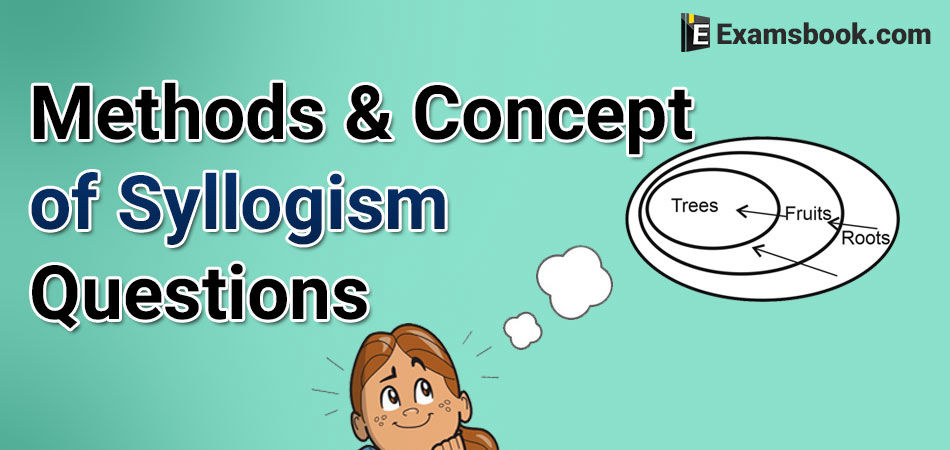
Most of the students face difficulties to solve syllogism questions in competitive exams because they don't know the correct concept to solve syllogism questions. So, you should understand syllogism concept or syllogism method for solving rank in your exam.
Every minute is important in competitive exams. If you have an idea or trick to solve syllogism questions, you can easily solve questions in the competitive exam without wasting your time. So, here understand methods and concept to solve syllogism questions with answers through this blog.
You should practice more with syllogism questions and answers for speeding up your performance in exams. Click to learn syllogism question-answers in Hindi and practice for better rank.
Methods and Concept to Solve Syllogism Questions for Competitive Exams
Ex.1. Statement –
All the poles are hotels
Any hotel is not a house.
Conclusion – I. Some hotels are houses.
II. Some poles are hotels.
Ans.: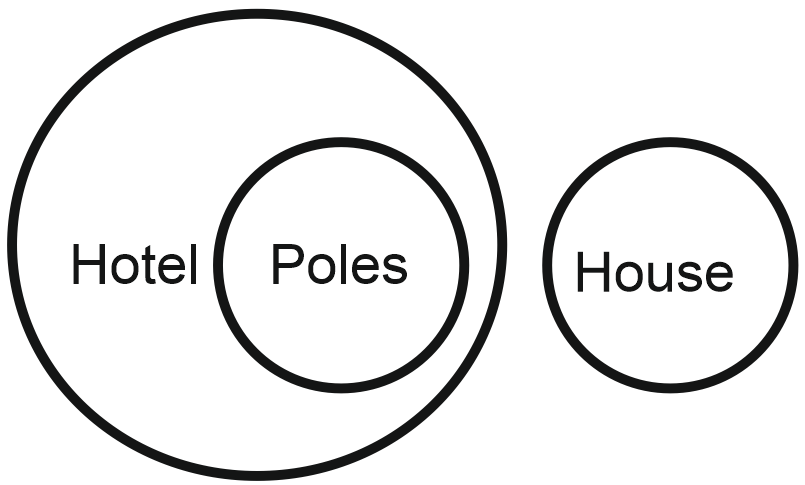
We can see from the diagrams that house is not related to any of the objects here. Some of pole & hotels are covered with each other’s regions, so all the poles are hotels. So, some hotels are poles.
Only conclusion II is the logical answer from the above diagrams.
Ex.2.Statement –
All book are novels.
All novels are comics.
Conclusion – I. All books are comics.
II. All comics are novels.
Ans.: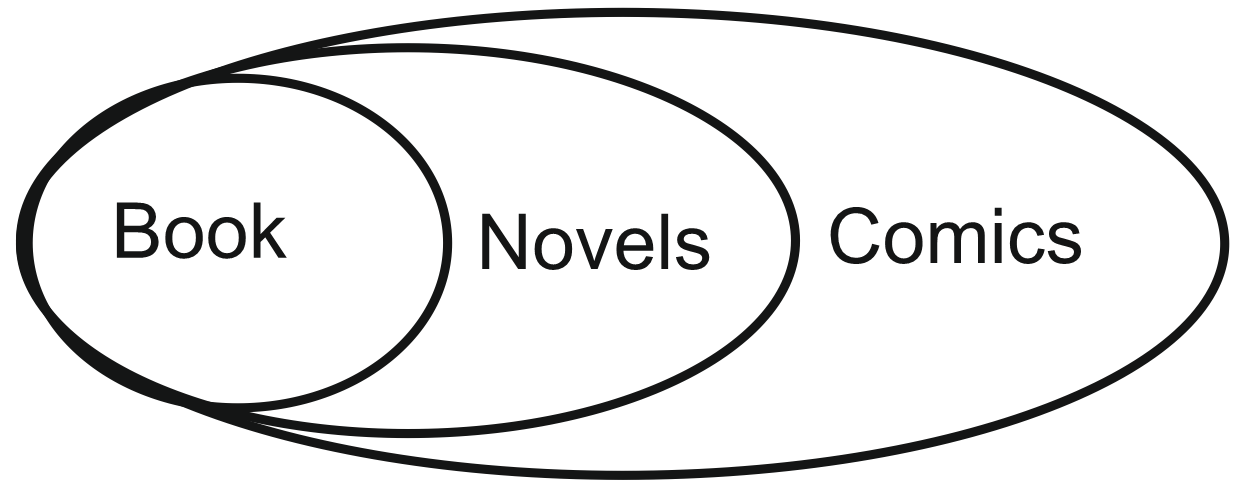
We can conclude from the graph that Conclusion I is the correct answer. i.e. All book are comics. Conclusion II is logically incorrect as books are the part of comics but comics are not the part of novels.
Ex.3. Statement –
Any teacher is not a table.
None of table is a student.
Conclusion –
I. Any student is not a teacher.
II. Any table is not a teacher.
Ans.: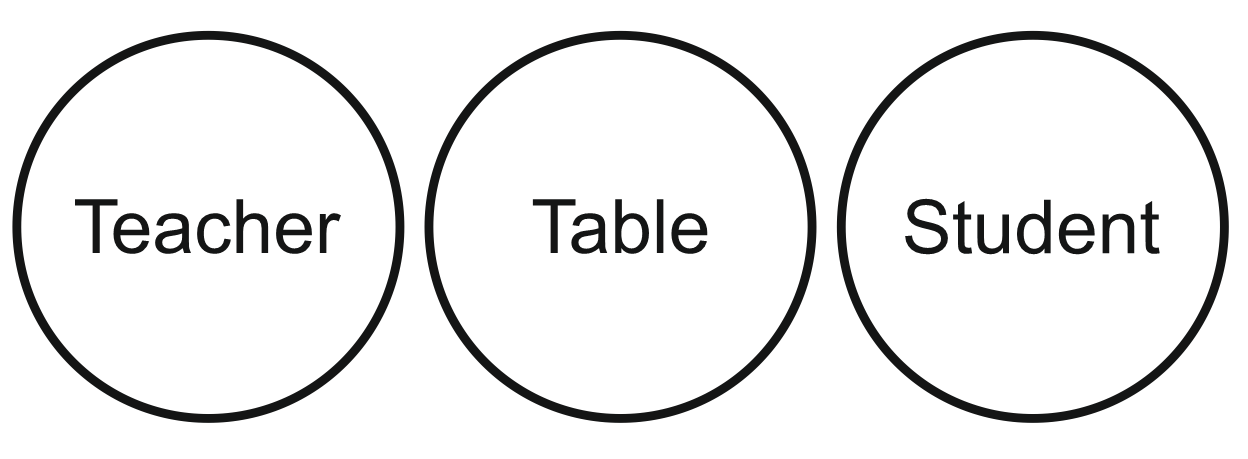
There is not a logical relation between them, so no conclusion can be derived.
Ex.4.Staement – All the trees are fruits.
All the fruits are roots.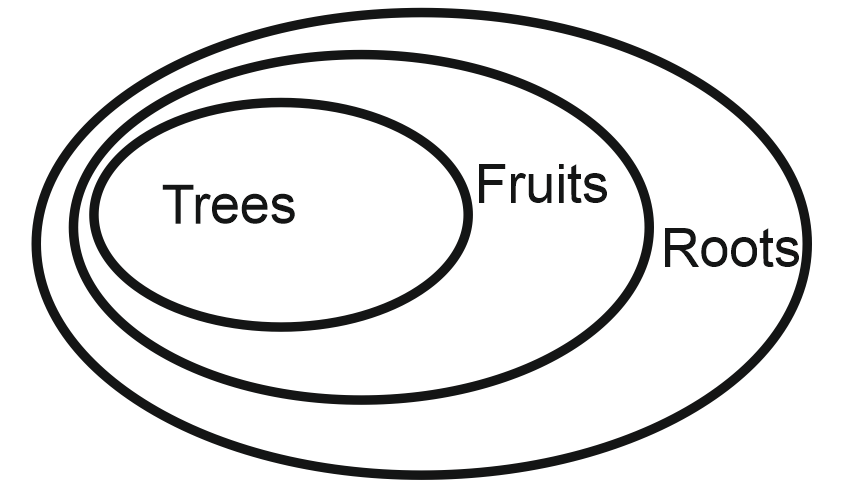
Conclusion –
Main
I. All trees are roots. √
II. All the roots are trees. ×
III. Some roots are trees. √
IV. All fruits are tress. ×
Note: -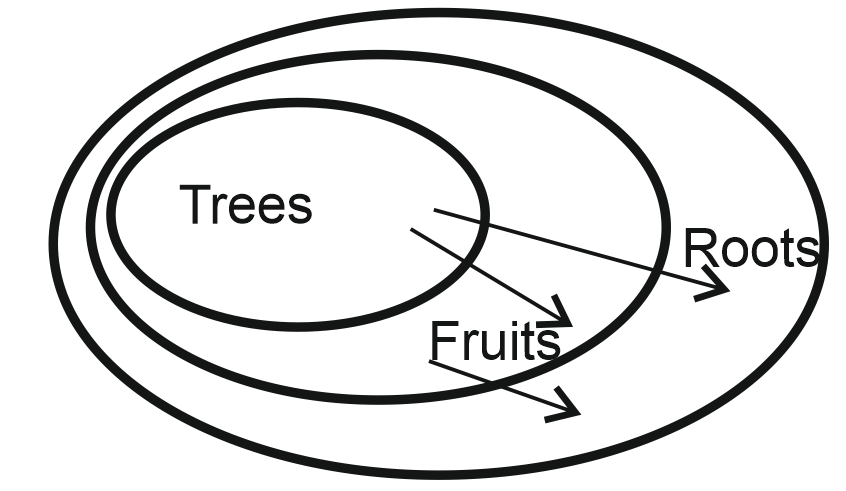
If the conclusion comes out of the graph, then all contain the conclusion.
Like, - All trees are fruits.
All fruits are roots.
All trees are roots.
But the given statement is not included in the logical conclusion.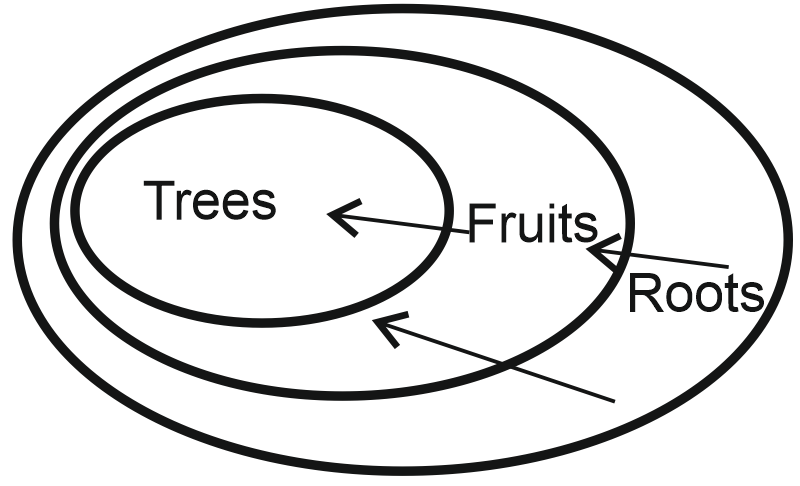
The conclusion for this type of graph will be something-something, if you go inside.
Like, - Some fruits are trees.
Some roots are fruits.
Some roots are trees.
Ex-5. Statement – All trees are fruits.
Some roots are fruits.
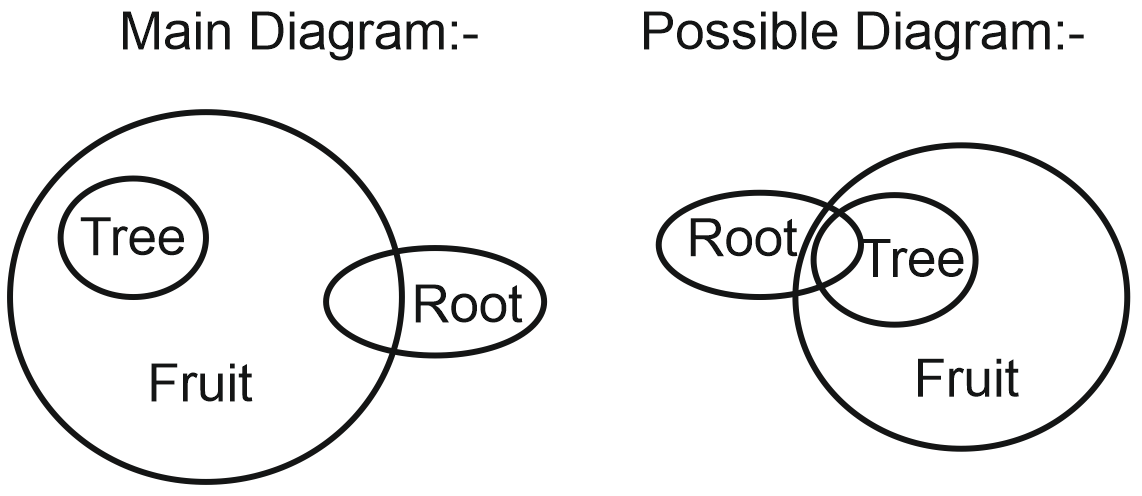
Conclusion –
Main Possible
I. Some fruits are trees. √√
II. Some roots are fruits. √√
III. Some roots are trees. √√
* Here, Conclusion I & II are correct because main & possible – both diagrams are showing the conclusion. Conclusion III is correct as per the possible diagram, but not correct regarding the main diagram. So, III is not the answer.
Ex.6.Statement – Some trees are roots.
Some roots are fruits.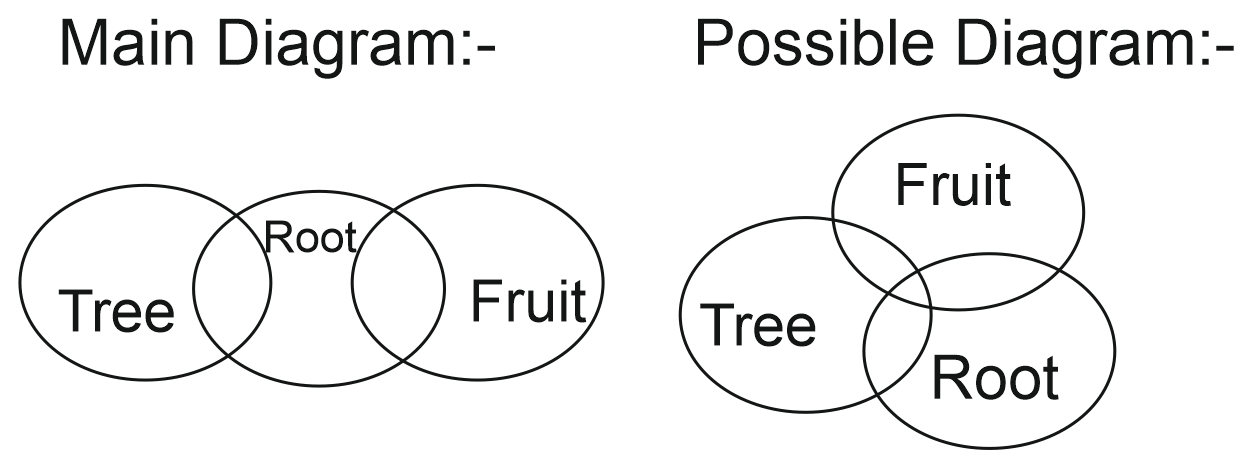
Conclusion –
Main Possible
I. Some fruits are trees. ×√
II. Some roots are trees. √ √
III. Some fruits are roots. √ √
*Here conclusions II & III are correct, while I is not.
Ex.7. Statement – Some trees are fruits.
Any fruit is not a root. 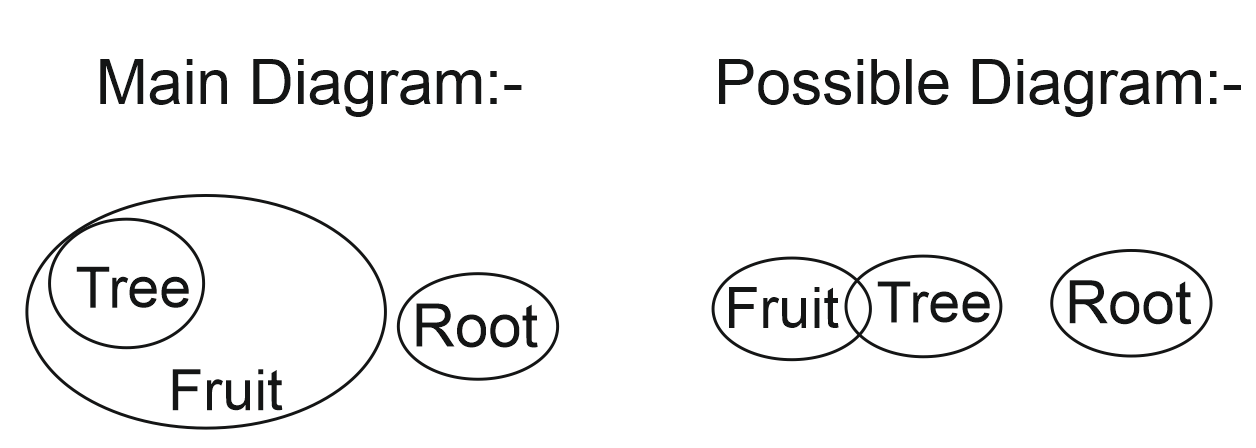
Conclusion –
Main Possible
I. Some fruits are trees. √ √
II. Some fruits are not roots. √ √
III. Some fruits are roots. × ×
* Here, conclusion I & II are correct & III is not.
Ex.8. Statement –
Some trees are fruits.
Some roots are fruits.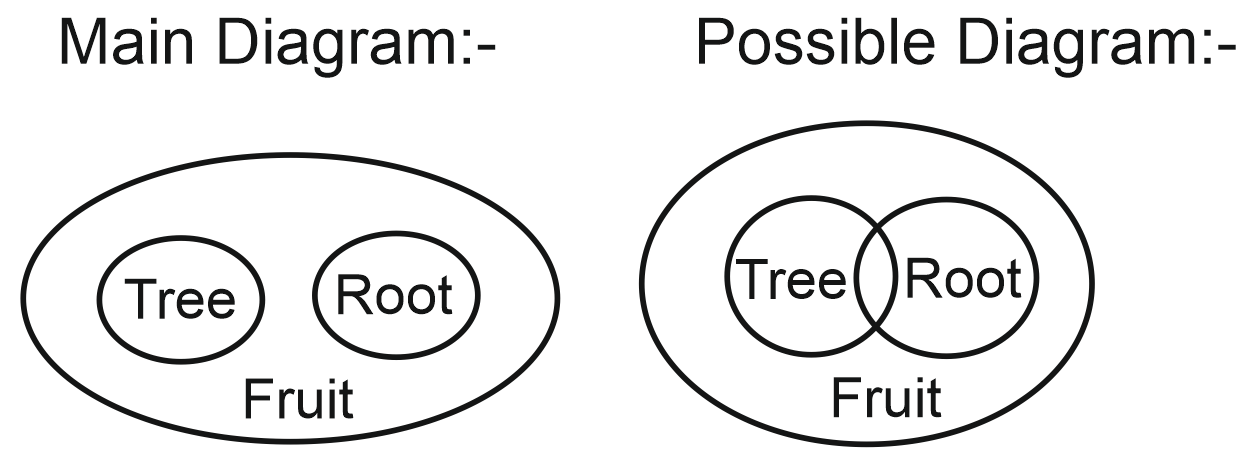
Conclusion –
Main Possible
I. Any root is not a tree. × ×
II. Some fruits are not trees. × ×
III. Some fruits are roots. √ √
* Here, conclusion III is correct & I & II are not.
Note - If bot the statements are positive, then negative conclusion cannot be found & vice versa.
Ex.9. Statement –
Some trees are flowers
Some flowers are roots
Some roots are stems.
Conclusion –
I. Some trees are not stems.
II. Some roots are not flowers.
Ans: Both the conclusions are wrong as the statements are positive, the conclusion must be positive.
I hope these syllogism methods or syllogism concepts are helpful for your preparation and competitive exams. If you have any doubt or want to ask anything regarding syllogism methods and concepts, ask me in the comment section.



